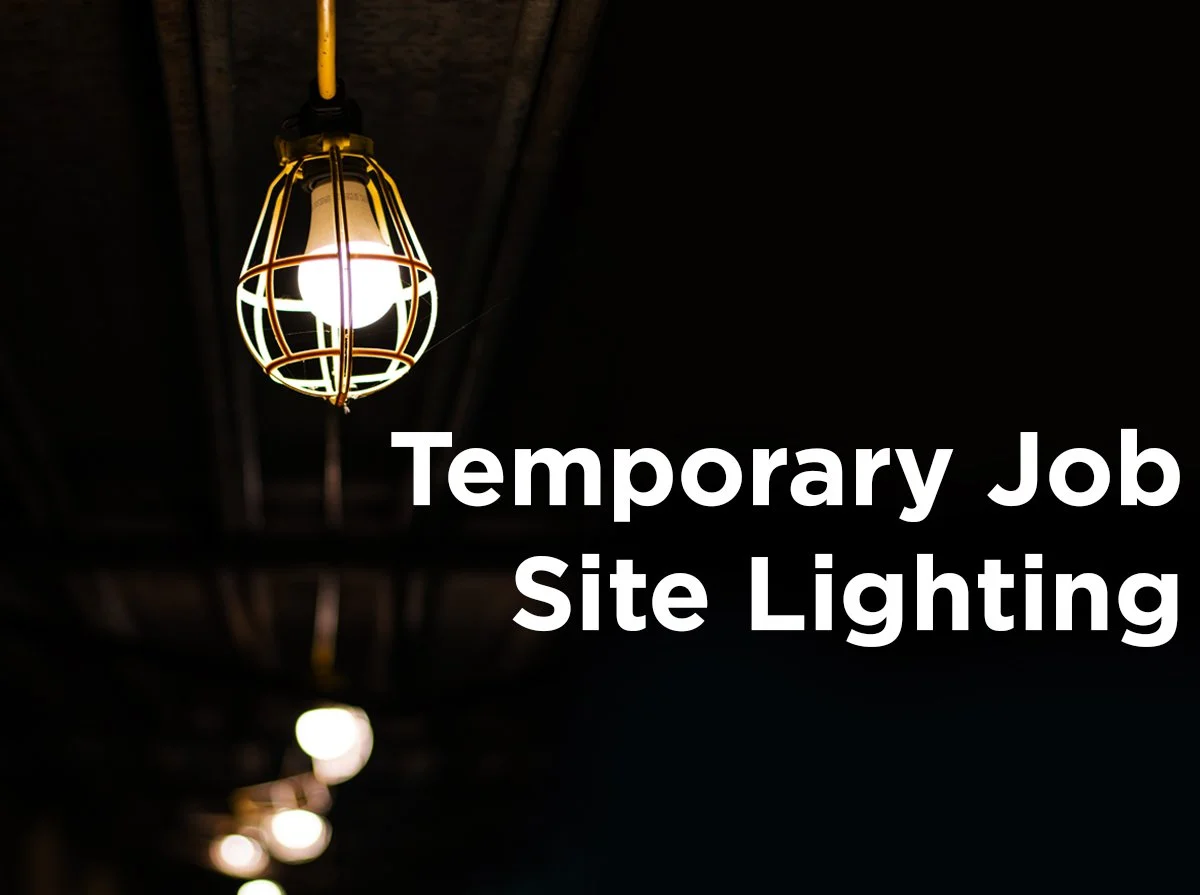Puck Lighting: The Versatile and Stylish Lighting Solution
Few lighting solutions are as versatile and stylish as puck lighting. Known for their compact, hockey puck-like shape, they come in a seemingly endless variety of styles and are usually easy to install. Puck lights can be used to add practical, focused lighting in small areas, and can also be used for accent lighting to create a polished, inviting atmosphere.
Polished and Practical Uses for Puck Lights
Puck lights are a very practical way to enhance the focused, task lighting throughout your home. Placing them under kitchen cabinets can supply better light for reading recipes and preparing food, while installing them around bathroom mirrors or vanities can provide the perfect illumination for grooming and makeup application. Small areas that do not have built-in lights, such as pantries or closets, are also wonderful places to use puck lights. Additionally, installing puck lighting along staircases or hallways can make it easier to safely navigate those areas at nighttime.
Puck lighting is not restricted to practical uses, however. Puck lights can be used to enhance the ambiance of your home. Installing puck lights in display cabinets, shelves or bookcases can highlight your favorite collectibles or books. The small spotlight provided by puck lights can draw attention to unique, wall-mounted artwork when placed either on the ceiling above or on the floor below, with the light aimed toward the painting. Another interesting way to feature unique aspects of your home with puck lights is to install them along crown molding or behind furniture. This can add visual interest and depth to a space while creating an elegant, diffuse glow in a room.
The Plentiful Varieties Available
LED puck lights are a popular option, providing bright and energy-efficient light. Many LED puck lights are battery powered for convenience, however, this limits the puck light’s brightness and overall capability. Higher quality puck lights, such as PLT’s line of ultra-slim and mini LED puck lights, connect to a hub with several ports to power multiple puck lights at the same time. This hub can be powered with either a plug-in power cord or a hard-wired LED driver (both sold separately). The LED driver is dimmable, giving you the ability to dim every puck light connected to the hub. The plug-in power cord is non-dimmable but is much easier to install. Plus, it comes with a convenient on/off switch that gives you the ability to turn all of the puck lights on or off simultaneously. With LED puck lights, a multiport hub, and an multiple ways to power them, you’ve got yourself a complete puck light system with unmatched quality.
The options are nearly endless when it comes to using puck lighting in your home. From the strictly practical to the perfectly polished, puck lights can bring a stylish flair to your favorite decor or illuminate areas which do not have built-in lighting, providing both ambiance and functionality. If you're ready to explore the vast array of puck lighting options, visit 1000bulbs.com to find the perfect fit for your home. For personalized assistance and expert advice, don't hesitate to call one of our friendly and knowledgeable US based account managers at (866) 419-5953. They'll be delighted to help you bring your vision to life.









